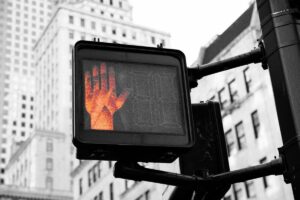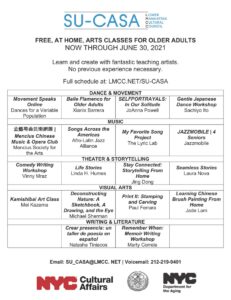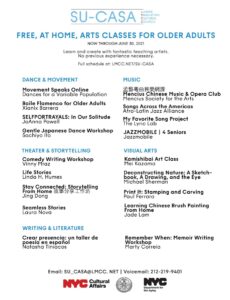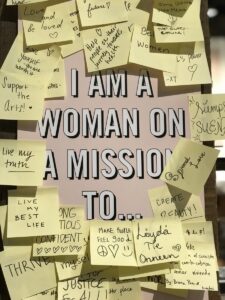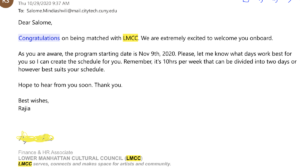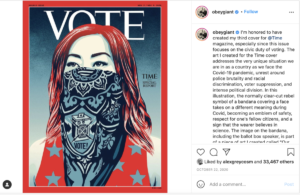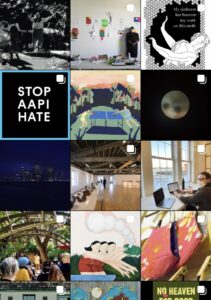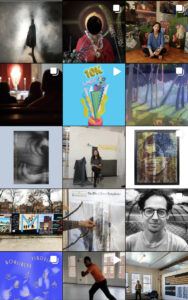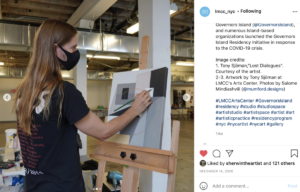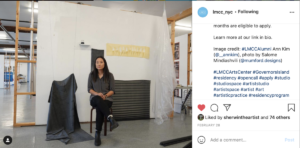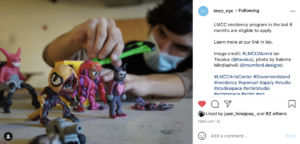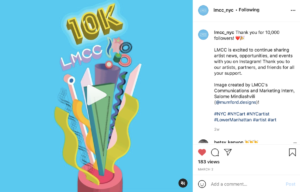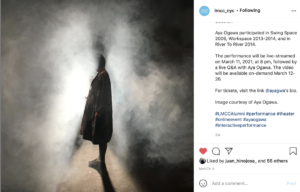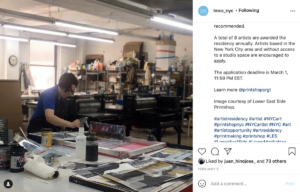GordonParks_Salome_Mindiashvili
The portrait of Muhammad Ali by Gordon Parks featured in Grunwald Gallery is a uniquely framed, intimate representation of strength, will, and determination. Gordon Parks, an American photographer, musician, writer, and film director who became prominent in U.S. documentary photojournalism in the 1940s through 1970s— focused on the issues of civil rights, poverty, and struggles of African-Americans. What’s so different about this particular photograph is his unique lens, his artistic intention, and curiosity to photograph Muhammad Ali, widely regarded as one of the most significant and celebrated figures of the 20th century and as one of the greatest boxers of all time.
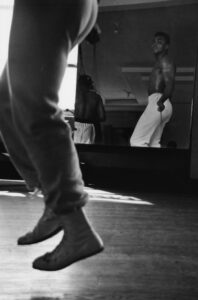
One can say that this photograph was the kind of portrait that Gordon Parks wanted to photograph more and more as opposed to poverty, struggles, and the issues of civil rights for African Americans. Muhammad Ali, jumping on the rope, with his strong legs in the air, self-aware of his movements is truly a magnificent photograph that inspires and transforms.
One of my all-time favorite Muhammad Ali quotes is “Impossible is just a big word thrown around by small men who find it easier to live in the world they’ve been given than to explore the power they have to change it. Impossible is not a fact. It’s an opinion. Impossible is not a declaration. It’s a dare. Impossible is potential. Impossible is temporary. Impossible is nothing.” Gordon Parks was able to beautifully capture the fiery nature of Muhammad Ali in this photograph and in fact, by dividing his body by a background mirror, he has magically created the visual of that alternate reality where a black man is strong, proud, powerful, and fearless.
References:
“Gordon Parks Biography, Life & Quotes.” The Art Story. Web. 17 Mar. 2021.
“Gordon Parks X Muhammad Ali.” Nelson Atkins. Web. 17 Mar. 2021.
“Muhammad Ali.” Encyclopædia Britannica. Encyclopædia Britannica, Inc. Web. 17 Mar. 2021.


